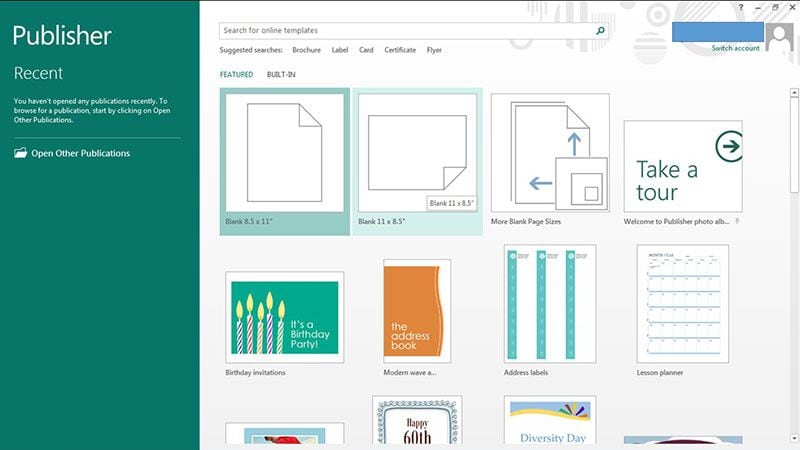

Export your document as a PDF using the Highest Quality Print setting.Any elements that bleed must extend to the red box. Check the Preview box in the dialogue box to see what the bleed area will look like on your document (it will be represented by a red guide).125” for top, bottom, left, and right values Go to the File dropdown menu and select Document Setup.Design with the bleed area in mind, making sure not to put crucial text or images within the area.125” for the height and width to designate where the bleed area will be. Once the dimensions are set, use the guide tool to set guides at.For example, if you want a 5”x7” card to have a bleed, the Photoshop file must be set to 5.25”x7.25”. 25” to the width and height (allowing for. When choosing the dimensions of the document add.Open a new document, setting your dpi (resolution) to 300 pixel/inch.Once the canvas size has been changed, the guidelines from the original document will stay, indicating the edge of the print area and beginning of the bleed area.If you want a 5”x7” card to have a bleed area, the canvas size must be set to 5.25”x7.25”.

25” to both the height at width of the document.


The DCS 2.0 format supports multichannel CMYK files with multiple For final output, either InDesign or your prepress service provider can automatically replace the proxies with high-resolution versions.Ĭolor Separations (DCS), developed by Quark, is a version of the standardĮPS format. EPS isn’t ideal for online publishing in HTML, but it works well for online publishing in PDF.ĮPS files can contain Open Prepress Interface (OPI) comments, which let you use fast, low‑resolution versions ( proxies) of images for positioning on a page. This format includes all of the color and image data required to color-separate DCS images embedded in the EPS graphic. EPS allows for prepress-quality resolution, precision, and color. When you import an EPS file, any spot colors it contains are added to the Swatches panel in InDesign. InDesign recognizes clipping paths in Photoshop-created EPS files. Since PostScript cannot normally be displayed onscreen, InDesign creates a bitmap preview for an EPS file for onscreen display. Typically, EPS files represent single illustrations or tables that are placed into your layout, but an EPS file can also represent a complete page.īecause they are based on the PostScript language, EPS files can contain text, vector, and bitmap graphics. The Encapsulated PostScript (EPS) file format is used to transfer PostScript language artwork between applications, and is supported by most illustration and page-layout programs.


 0 kommentar(er)
0 kommentar(er)
